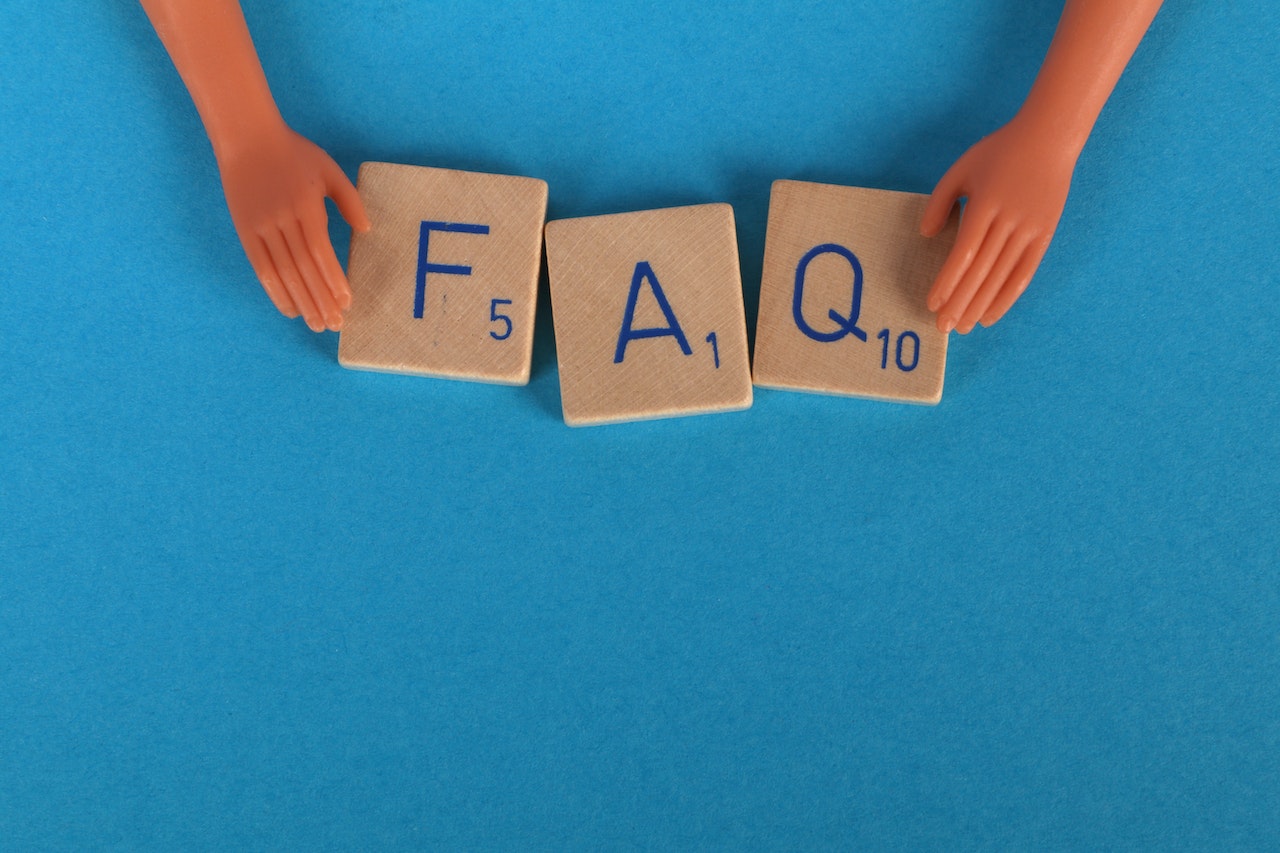FAQ stands for frequently asked questions, which are a set of commonly asked questions, and answers, provided in a concise and easy-to-understand format. They are used to provide customers with information about a product or service, and to help customers quickly find the answers they need.
FAQs are often found on websites, but can also be found in documents, help resources, and even on products themselves. In any format, they serve the same purpose - to provide helpful answers and information to customers in an easy-to-digest format.
FAQs are usually organised, either in a table format, or in a list format. Depending on the product or service, the FAQs may also be grouped into subject areas, such as “Delivery” or “Payment”.
The process of creating a useful and customer-friendly FAQ section starts with understanding customer needs. Being aware of what questions customers might have is key to creating a successful FAQ. Generally, it is best to start by making a list of all possible questions, and then organising them into categories.
When drafting an answer to a question, ensure that it is customer-focused and easy to understand. It can help to read the answer out loud to test if it makes sense. Finally, if possible, include a link to a related topic, or contact information where customers can get more help if needed.
Become a Sales & Marketing Rainmaker
Learn valuable skills to win more customers, grow your business, and increase your profits.

When formatting the FAQ page, try to be consistent and use bullet points for the questions, and regular text for the answers. This makes the page easier and quicker to read. If the FAQ is quite long, it may also be helpful to provide an index or table of content at the beginning of the page, so customers can find the information they need more quickly.
It’s also important to include a search field, if possible. This allows customers to quickly search keywords, and find relevant information without having to read through the entire document.
If changes or updates need to be made to the FAQs, ensure that these are made in a timely and consistent manner. This ensures that customers always have access to the most up-to-date information.
Finally, when you’re done, it’s important to test the FAQ page - read through the responses to make sure they are correct and complete; make sure there are no spelling or grammatical errors; and make sure the links included all work.
When creating, maintaining, and testing FAQs, it is essential to remember that these are customer-facing documents and are often the first point of contact for a customer looking for answers or assistance. As such, it is important that they accurately reflect the product, the company, and the customer experience. This will help ensure the FAQs are an effective resource for customers, and that they are more likely to find the answers they need.
